I am working on a hand detection project. There are many good project on web to do this, but what I need is a specific hand pose detection. It needs a totally open palm and the whole palm face to outwards, like the image below:

The first hand faces to inwards, so it will not be detected, and the right one faces to outwards, it will be detected. Now I can detect hand with OpenCV. but how to tell the hand orientation?